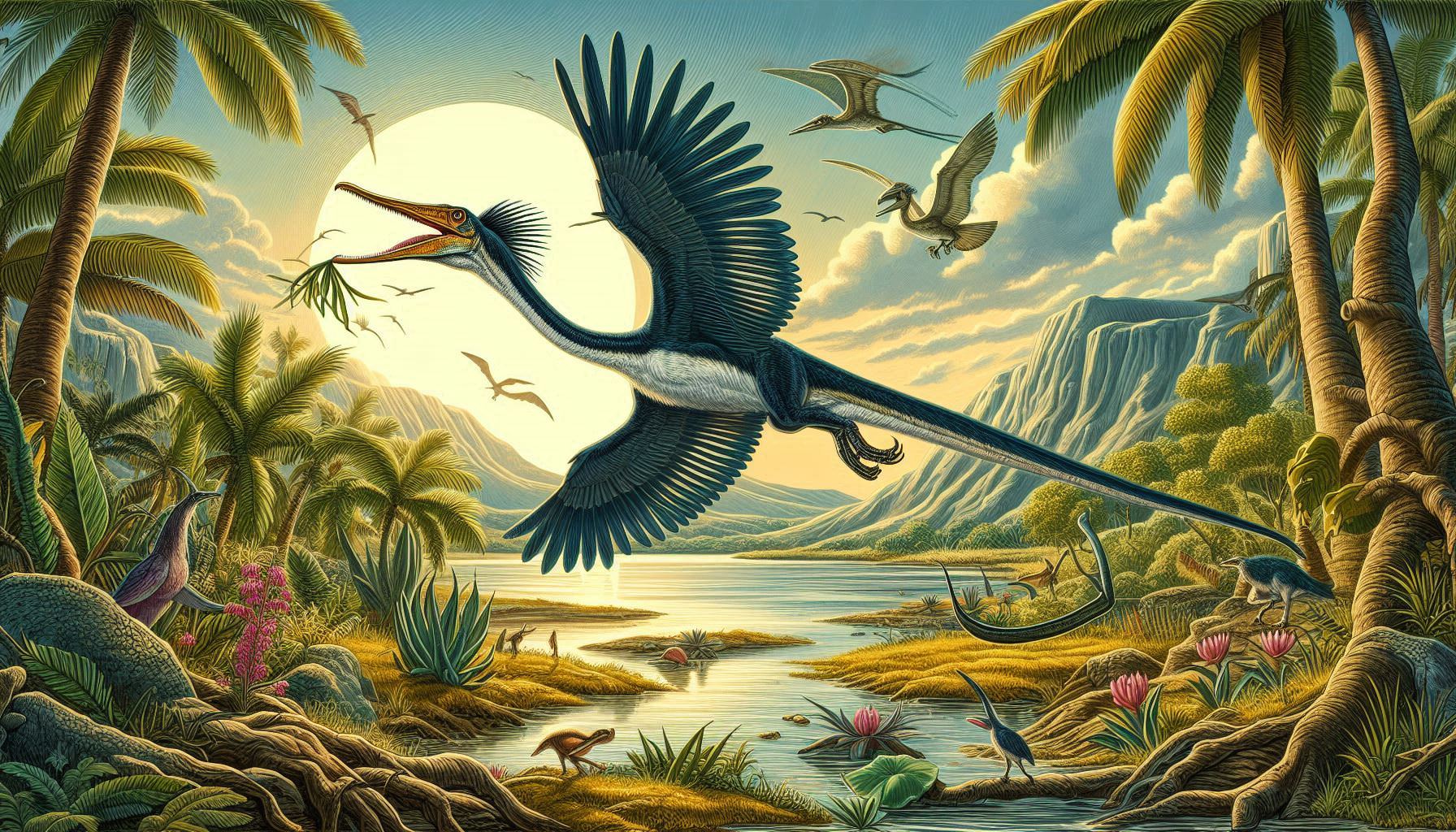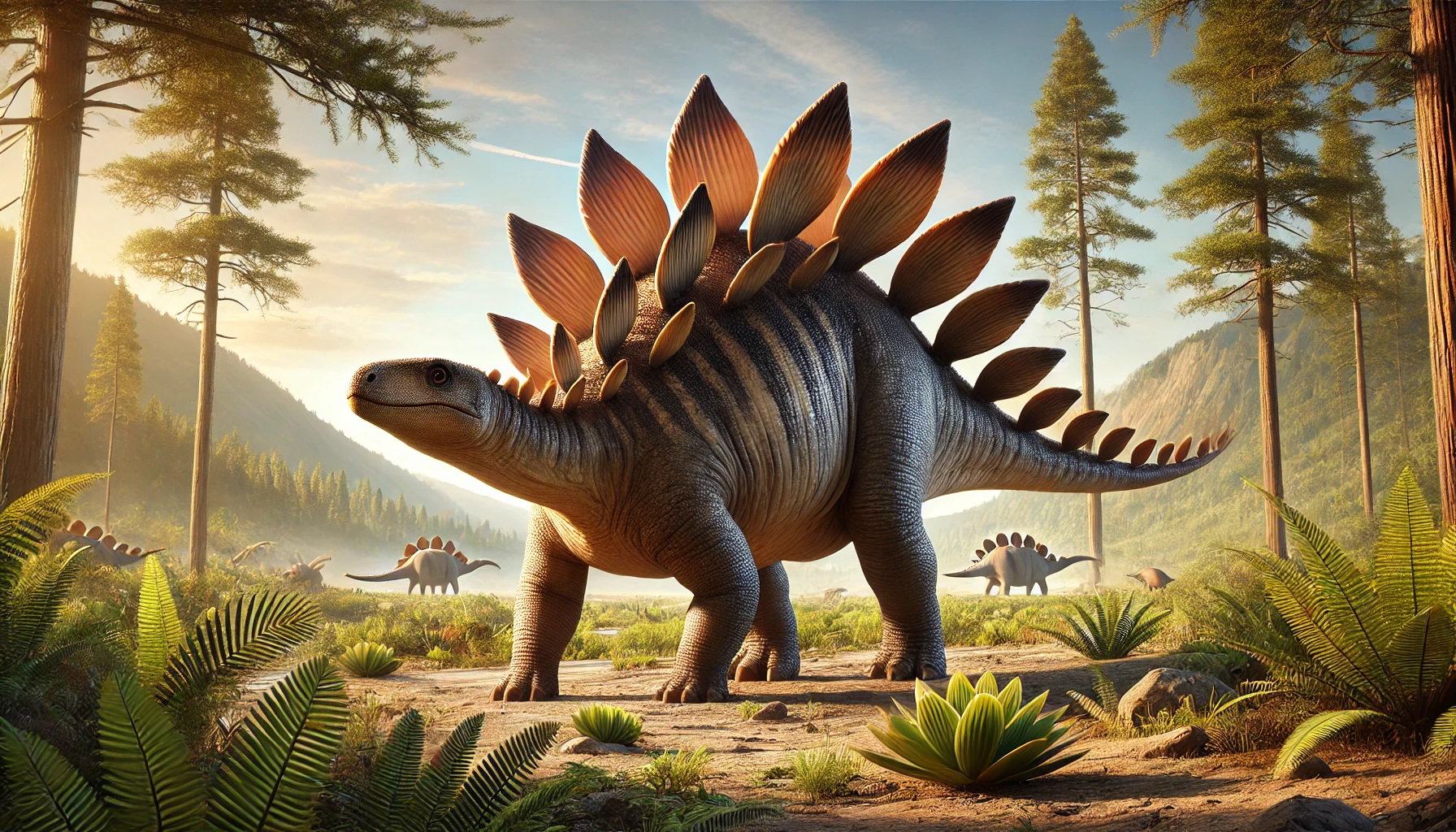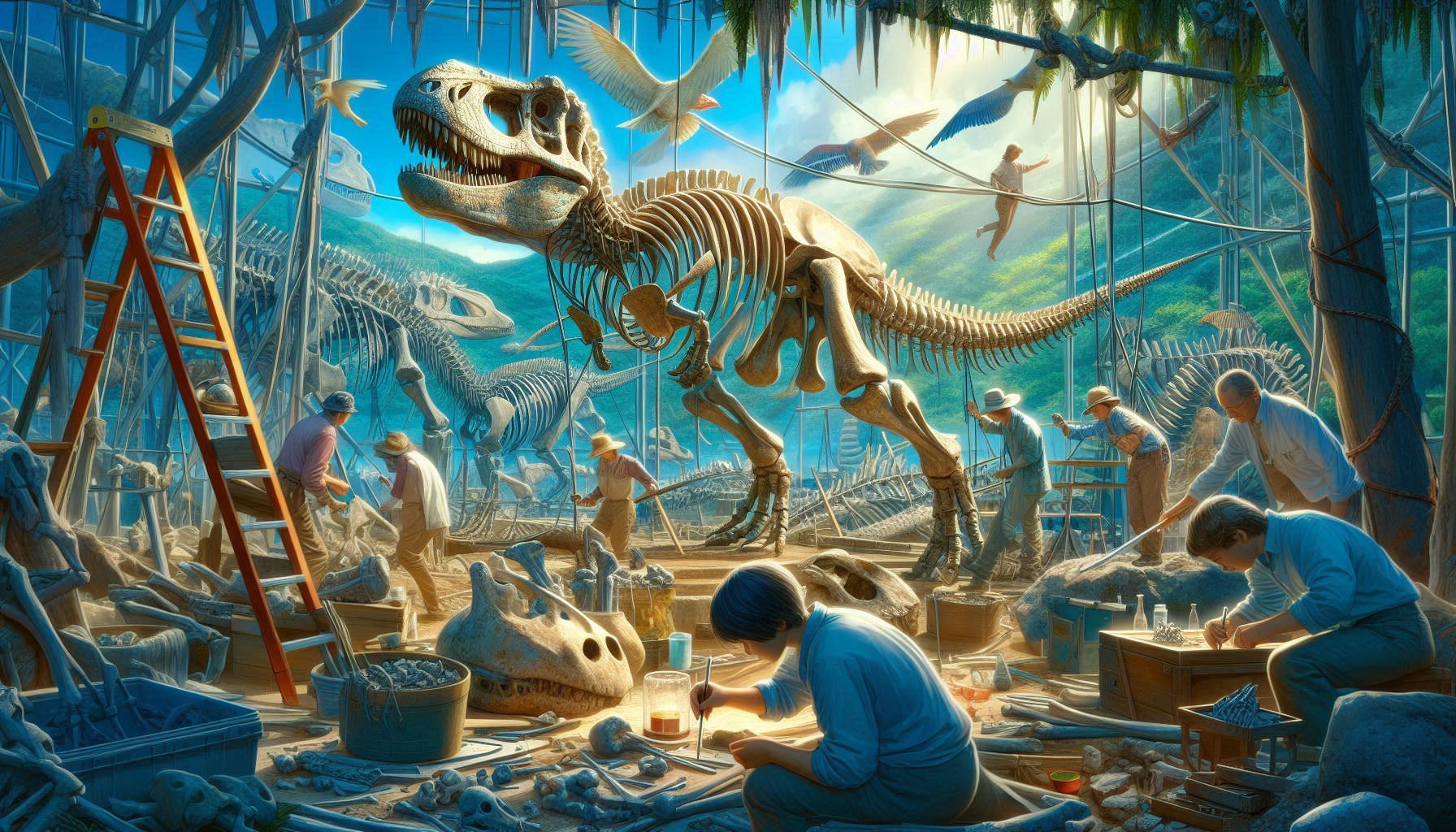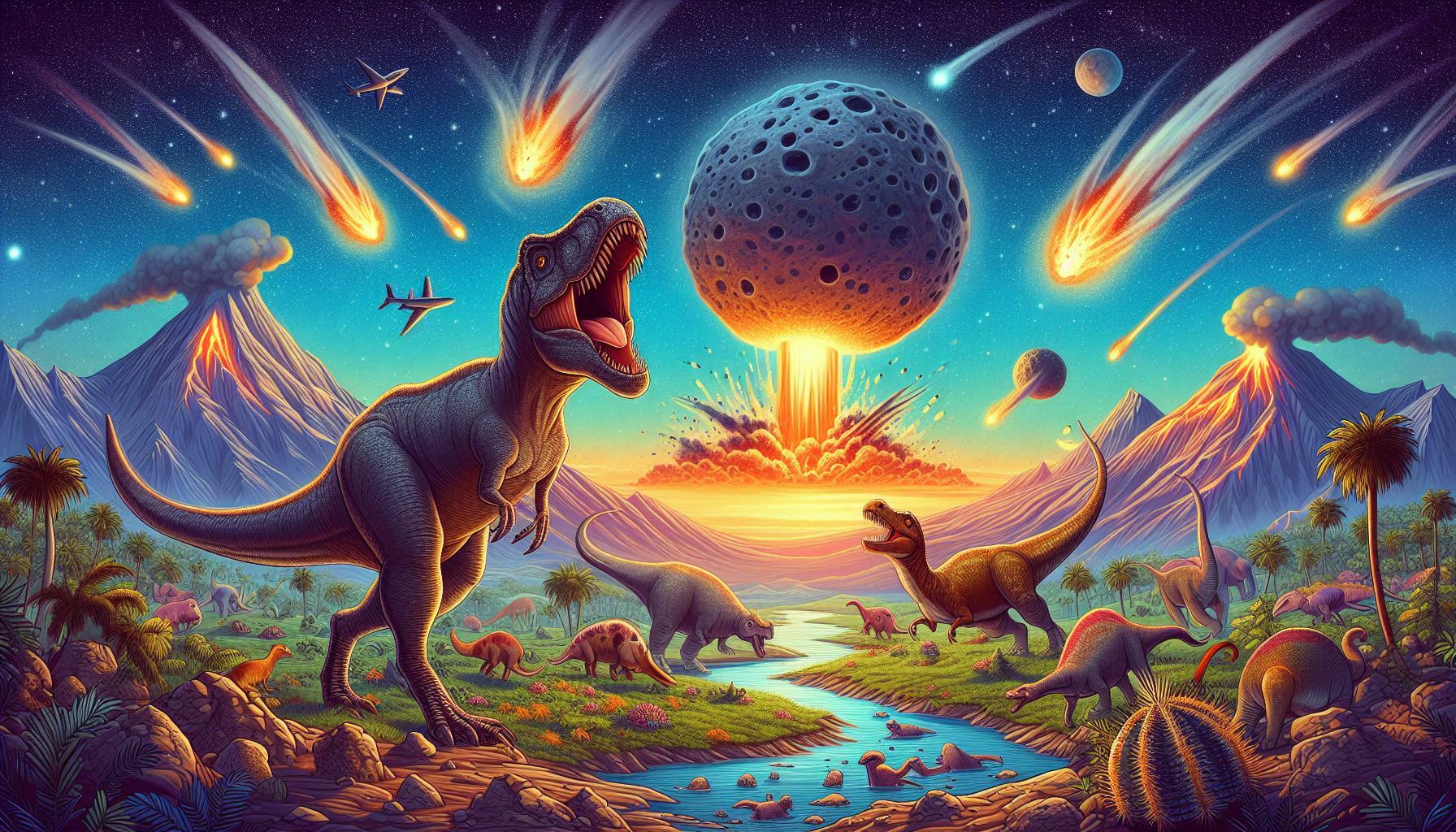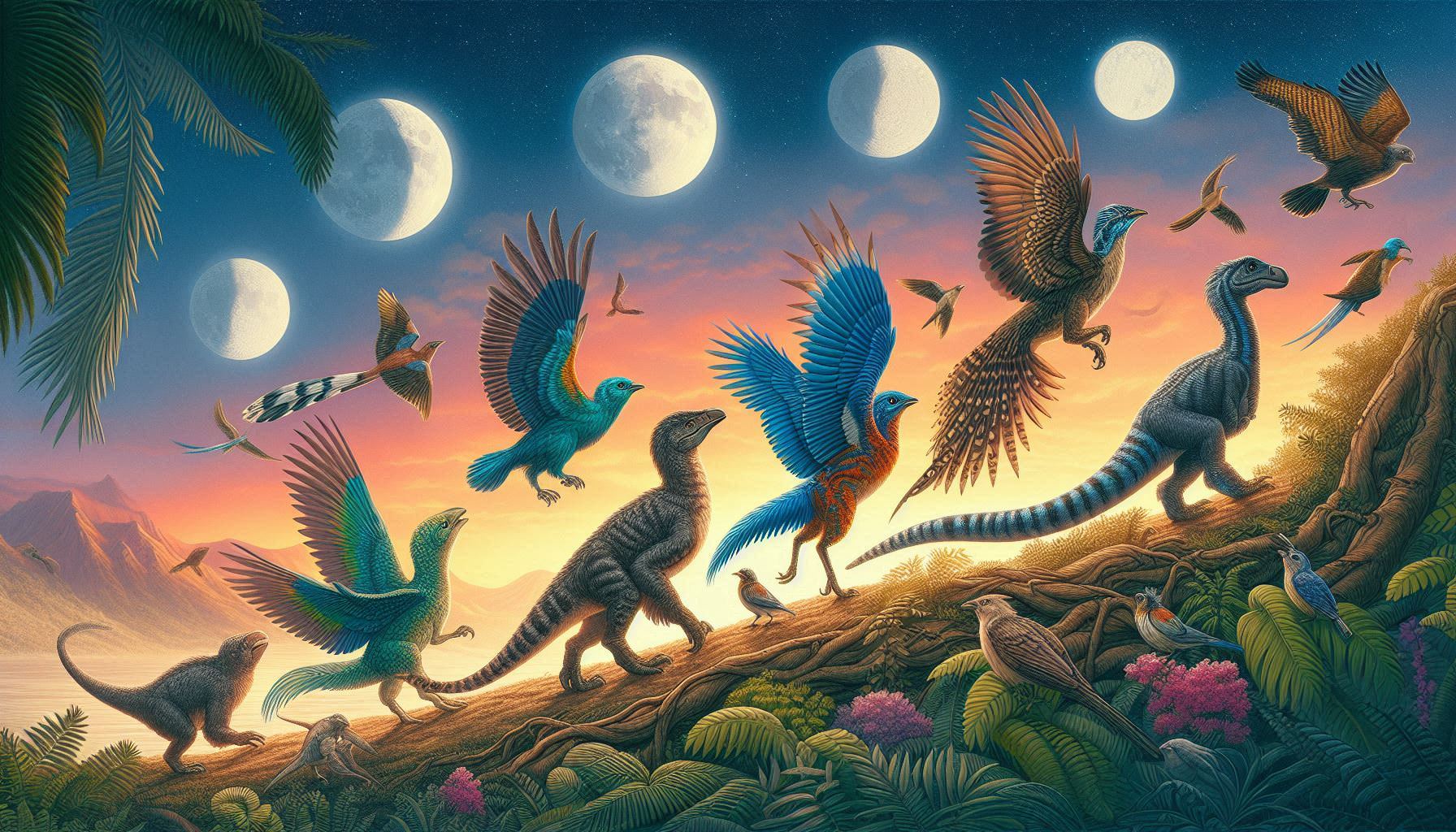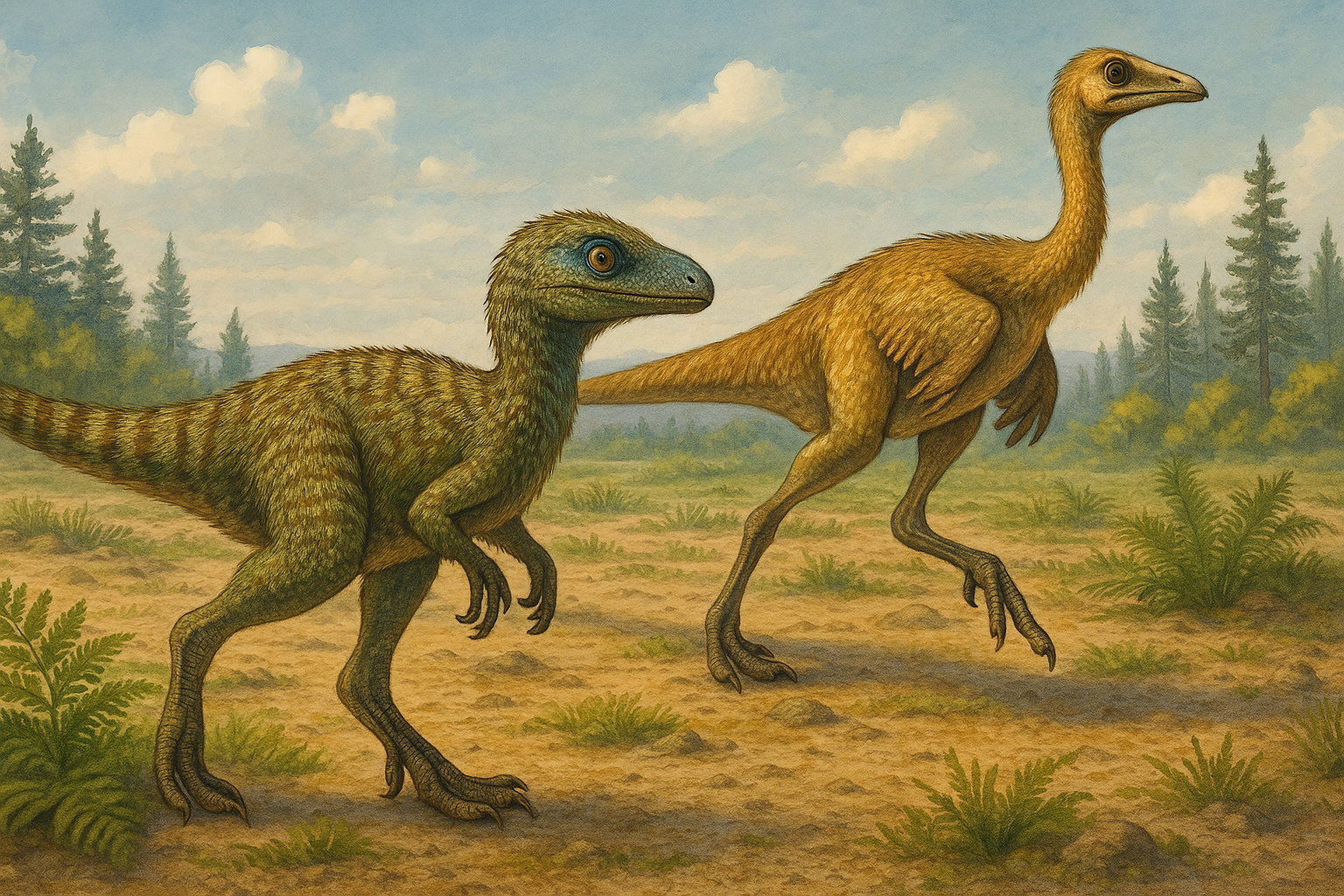Quetzalcoatlus wasn’t just a flying reptile — it was the largest known creature to ever take to the skies. Named after the feathered serpent god of Aztec mythology, this colossal pterosaur dominated the Late Cretaceous skies with a wingspan rivaling that of a small airplane. But despite its fame, much about Quetzalcoatlus remains mysterious — and endlessly fascinating.
- What Was Quetzalcoatlus?
- How Big Was Quetzalcoatlus?
- Was Quetzalcoatlus a Dinosaur?
- Could Quetzalcoatlus Really Fly?
- What Did Quetzalcoatlus Eat?
- Where Were Quetzalcoatlus Fossils Found?
- What Makes Quetzalcoatlus Unique?
- Legacy in Science and Pop Culture
- FAQ
- What does Quetzalcoatlus mean?
- Was Quetzalcoatlus the biggest flying animal ever?
- How did Quetzalcoatlus launch into flight?
- Did Quetzalcoatlus eat fish?
- Where did Quetzalcoatlus live?
What Was Quetzalcoatlus?
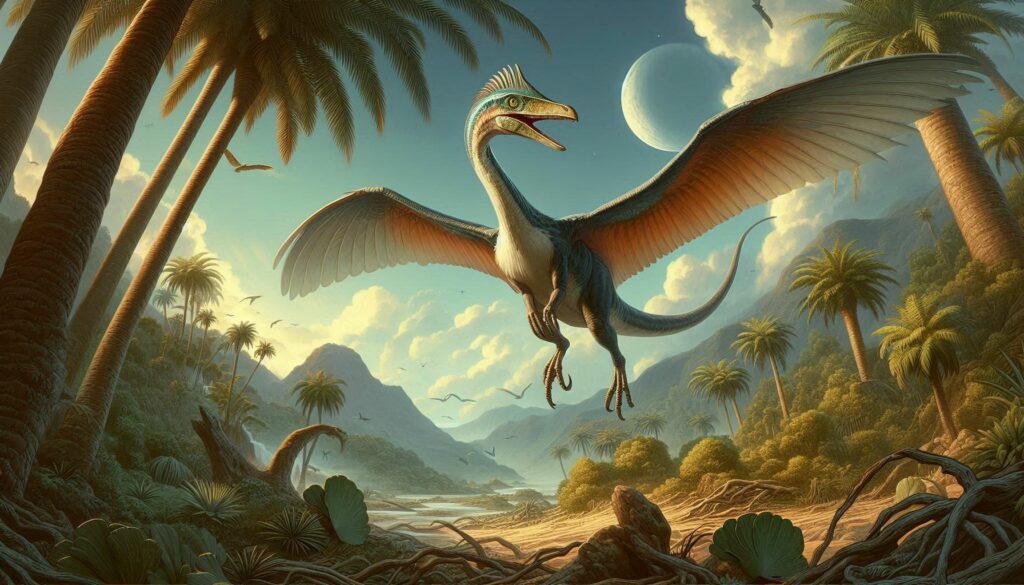
Quetzalcoatlus was a genus of azhdarchid pterosaurs that lived approximately 68 to 66 million years ago during the Late Cretaceous period. It was first discovered in 1971 in Big Bend National Park, Texas, by a student from the University of Texas at Austin, and described by Douglas Lawson in 1975.
Its fossil remains — including massive wing bones — revealed a creature so large, it reshaped our understanding of pterosaur flight and terrestrial behavior.
How Big Was Quetzalcoatlus?
Estimates suggest that the largest specimens had a wingspan of around 10 to 11 meters (33 to 36 feet), with a body height comparable to a modern giraffe when standing on all fours. Despite its size, it was relatively lightweight thanks to hollow bones and a highly specialized skeletal structure — weighing between 200 and 250 kilograms (440 to 550 pounds).
Was Quetzalcoatlus a Dinosaur?
No — though it lived during the same time, Quetzalcoatlus was not a dinosaur. It belonged to a group of flying reptiles called pterosaurs, which were distant relatives of dinosaurs. Like birds today, it shared a common ancestor with dinosaurs but was part of a separate evolutionary path.
Could Quetzalcoatlus Really Fly?
This is one of the most hotly debated questions in paleontology. With such an enormous wingspan and mass, could Quetzalcoatlus truly achieve powered flight?
Most scientists now believe the answer is yes — thanks to advanced anatomical adaptations:
- Strong flight muscles and a large keel for muscle attachment
- Quadrupedal launch system — using all four limbs to spring into the air, much like modern bats
- Efficient wing structure for gliding long distances with minimal energy
Once airborne, Quetzalcoatlus could have soared for hundreds of kilometers, using air currents like a condor or albatross.
What Did Quetzalcoatlus Eat?
Though once believed to be a fish-eater like some earlier pterosaurs, current evidence points to a terrestrial hunting lifestyle. With its long, pointed beak and powerful neck, Quetzalcoatlus likely stalked prey on the ground, feeding on small vertebrates like lizards, baby dinosaurs, or carrion — similar to a modern-day stork or marabou.
Where Were Quetzalcoatlus Fossils Found?
The most famous fossils were uncovered in the Javelina Formation in Texas. Fragmentary remains have also been discovered in other parts of North America, suggesting that this giant pterosaur was widespread near the end of the Mesozoic Era.
What Makes Quetzalcoatlus Unique?
- Largest known flying animal in history
- Unusual combination of long neck and toothless beak
- Ground-stalking behavior instead of traditional fishing
- Quadrupedal walking and take-off — rare among vertebrate fliers
Legacy in Science and Pop Culture
Quetzalcoatlus has become an icon of prehistoric flight — often featured in documentaries, video games, and museum exhibits. But beyond its size and spectacle, it continues to challenge scientists to rethink flight mechanics, ecological roles, and how giant reptiles adapted to Earth’s environments.
Its name, drawn from Mesoamerican mythology, is fitting: a sky-lord of both legend and science, straddling the line between the incredible and the real.
FAQ
What does Quetzalcoatlus mean?
It’s named after Quetzalcoatl, the feathered serpent god from Aztec mythology — reflecting its reptilian form and dominance of the skies.
Was Quetzalcoatlus the biggest flying animal ever?
Yes. With a wingspan of up to 11 meters, it is considered the largest known flying animal in Earth’s history.
How did Quetzalcoatlus launch into flight?
It likely used all four limbs in a quadrupedal launch, springing into the air with powerful muscles and minimal flapping.
Did Quetzalcoatlus eat fish?
Probably not. Unlike earlier pterosaurs, it likely hunted on land — preying on small animals or scavenging carcasses.
Where did Quetzalcoatlus live?
Fossils have been found in what is now Texas, USA, suggesting it lived in inland environments during the Late Cretaceous.
# quetzalcoatlus size, quetzalcoatlus facts, azhdarchid pterosaur, largest flying reptile, quetzalcoatlus wingspan, quetzalcoatlus flight, prehistoric flying animals, Late Cretaceous pterosaurs, pterosaur vs dinosaur, how did quetzalcoatlus hunt

